Squint
Squint is a misalignment of the eyes where the 2 eyes are pointed towards different directions. The misalignment will be constant for a few, while it can be intermittently happening for some other people. The deviation of the eye can be in any of the direction – outward, inward, upward or downward. If the child is not treated at the correct time, a situation called amblyopia will occurs, which eventually may lead to the permanent loss of vision.
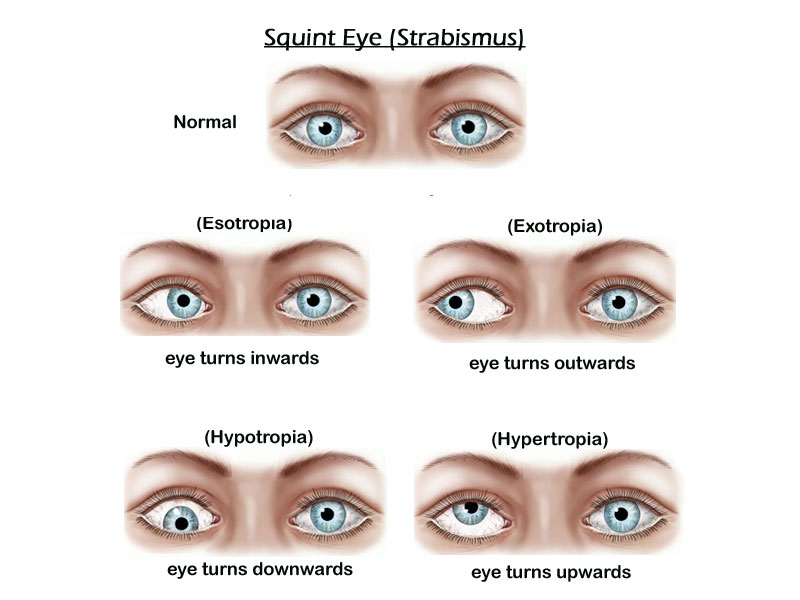
CAUSES OF SQUINT
- Heredity
- Eye muscles weakness or problem with the nerves in the eye muscles.
- Poor or Blurred vision which is caused because of cataract, refractive errors, corneal scars, glaucoma, retinal disease, optic nerve disease, tumors of the eye etc.,
- Injuries
SYMPTOMS OF SQUINT
- Single eye or both of the eyes will point to different directions
- Children may have defective vision in single eye or both of the eyes
- Children along with squint, rarely close one eye in the bright sunlight
- Some of the children may turn their face or tilt their head in specific direction to use their eyes together
- Children rarely experience confusion or double vision
DIAGNOSIS:
Squint will be diagnosed by an eye examination. It is recommended that all children should have their vision check up by their pediatrician, family doctor or ophthalmologist on or before their 4 years. If there is a family history of amblyopia or strabismus, an ophthalmologist will check the vision even before the age of 3 years. Young children usually have a wide, flat nose & folds of the skin at inner eyelid that will make the eyes appear as crossed. This appearance of the strabismus will reduce by the child age increases. A child may not outgrow true strabismus.
An ophthalmologist will generally explain the difference between the true & false strabismus.
TREATMENT
Squint because of refractive errors was corrected by the prescribing suitable spectacles.




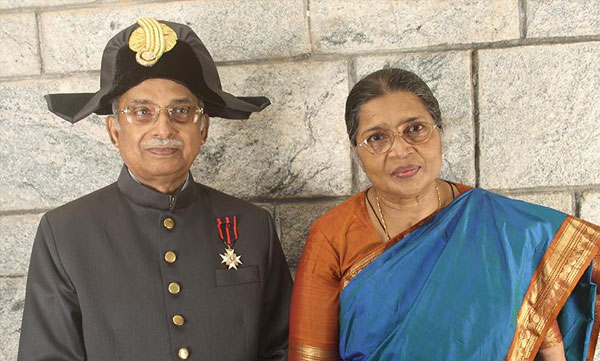
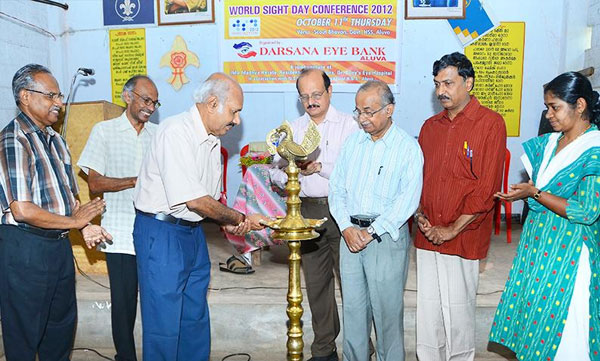


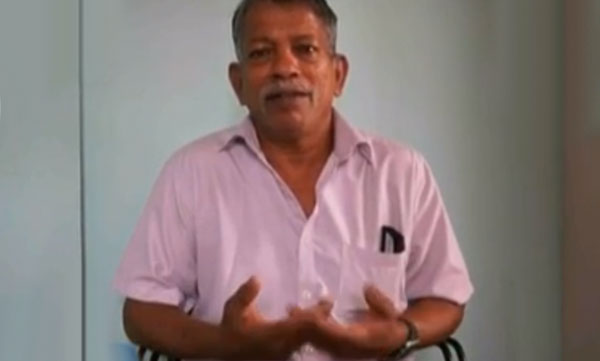

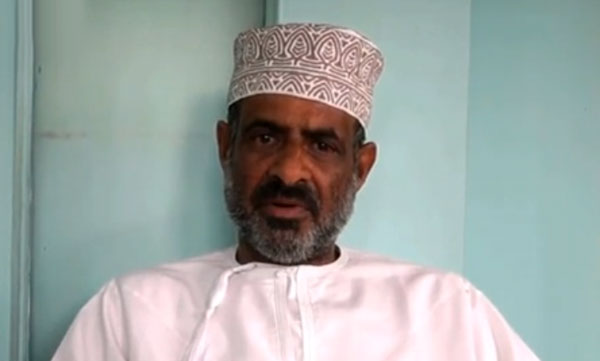
 I am Nimitha, before Lasik, I am very difficult to see and difficult to handle contact lens and specs. After the lasik treatment I am very relaxed.
I am Nimitha, before Lasik, I am very difficult to see and difficult to handle contact lens and specs. After the lasik treatment I am very relaxed. 